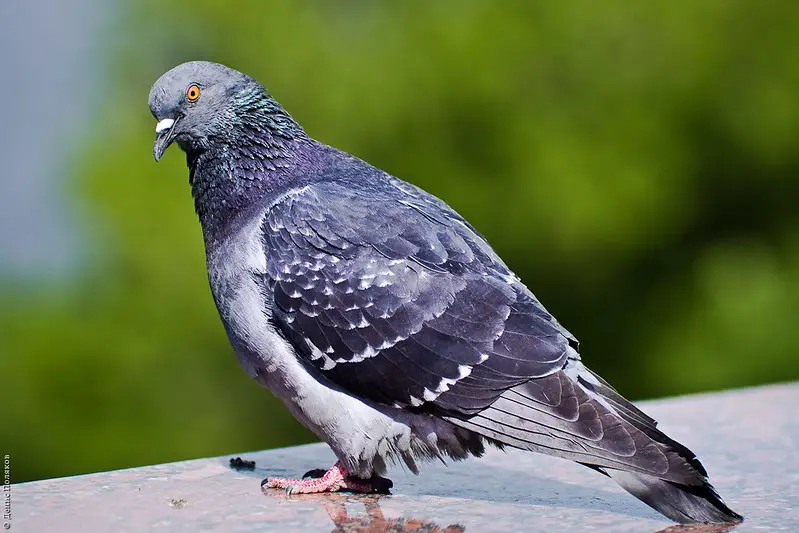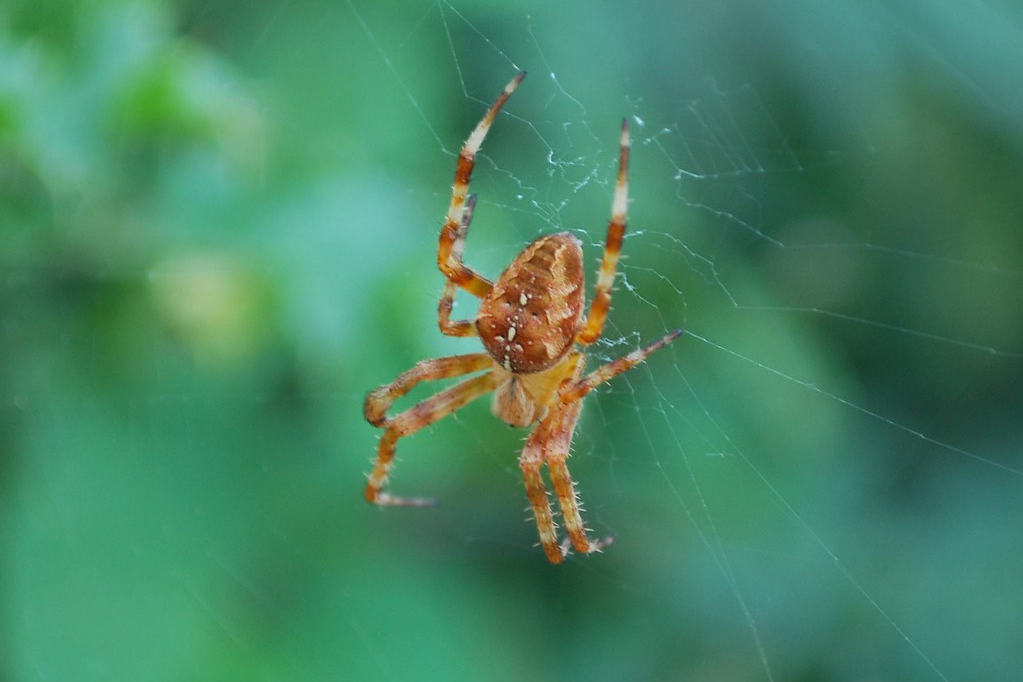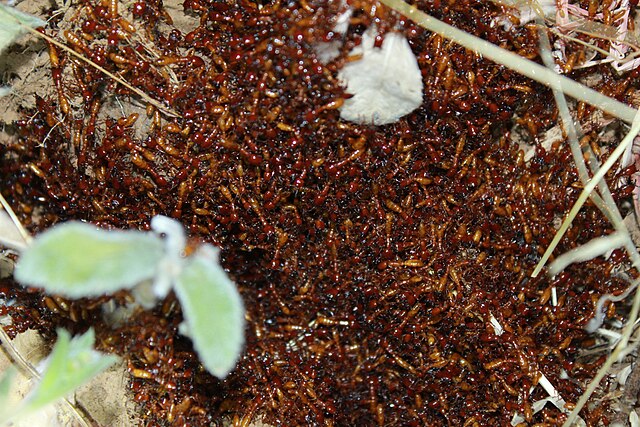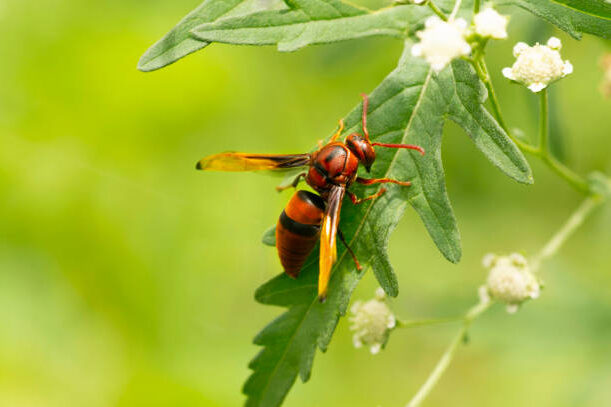1. Octopuses: The Ultimate Multi-Brain Thinkers

If you’ve ever wished you could type an email, make coffee, and scroll through your phone simultaneously, meet the octopus—nature’s real multitasking master. Instead of a centralized brain like ours, these squishy escape artists have nine. Yes, nine. One main brain and eight mini-brains—one in each arm. And those arm-brains? They can think independently. An octopus doesn’t just control its arms; the arms control themselves. Scientists have even seen severed octopus limbs react to stimuli as if they were still attached. That’s right—an octopus could be running away while an arm it left behind is still picking locks or flipping off a predator. The level of autonomy is so extreme that researchers have found that each arm has its own “personality,” reacting differently to the same stimulus.
And if that wasn’t wild enough, octopuses might dream in color. Researchers have observed sleeping octopuses change colors in ways that suggest they could be playing out memories in their sleep. The next time you wake up sweating from a stress dream, just imagine an octopus reliving the time it almost got caught sneaking out of its aquarium. This strange mix of decentralized intelligence and complex learning abilities makes them one of the most mysterious minds in the animal kingdom.
2. Mantis Shrimp: The Living Supercomputer

Your eyes might be the window to your soul, but a mantis shrimp’s eyes are like state-of-the-art surveillance cameras. These tiny, colorful crustaceans have 16 types of photoreceptor cells in their eyes (compared to our measly three), allowing them to see a spectrum of colors we can’t even comprehend. But the real kicker? Their brains don’t process visual information the way ours do. Instead of interpreting what they see like we do, mantis shrimp eyes act like independent data processors, analyzing information before it even reaches the brain. Imagine if your eyes could do all the math for you before you even had to think about it. It’s like living life in an auto-enhanced, high-definition reality while the rest of us struggle with buffering.
Oh, and did I mention they punch with the force of a bullet? A mantis shrimp’s club-like appendage moves so fast it boils the water around it, creating tiny implosions that add a second strike. So, in summary: super-speed punches, alien vision, and a brain that delegates thinking to its eyes. If there were ever an animal built like a superhero, it’s this one. If evolution had favorites, mantis shrimp would be the teacher’s pet.
3. Pigeons: The GPS Champions

Before you scoff at pigeons as “rats with wings,” consider this: they can navigate better than your phone’s GPS. Scientists have found that pigeons can detect Earth’s magnetic fields and use them like an internal compass. Some theories suggest they store maps in their brains using scent trails, while others believe they see magnetic fields like a heads-up display. Meanwhile, you’re still trying to remember where you parked your car at the mall. What makes this even more mind-boggling is that pigeons can still find their way home even if they’ve been transported hundreds of miles away to places they’ve never seen before.
And pigeons don’t just excel at navigation; they can recognize human faces, solve complex problems, and even understand abstract concepts like time. That’s right—while you were struggling with daylight saving time, a pigeon probably had it all figured out. In fact, some studies suggest that pigeons are capable of counting and distinguishing between different artistic styles. So, the next time you see one bobbing its head on the sidewalk, just know it’s probably smarter than you give it credit for.
4. Cuttlefish: The Master Illusionists

Cuttlefish are basically the Houdinis of the ocean. Their brains are wired for deception, allowing them to change their skin color, texture, and pattern in milliseconds. They can mimic their surroundings so perfectly that they can “disappear” right in front of predators. But here’s where it gets even stranger: cuttlefish use this incredible camouflage ability even when they’re sleeping. Scientists have recorded sleeping cuttlefish rapidly changing colors, which suggests they might be dreaming—possibly about blending in somewhere else. If humans had this ability, we’d all be winning at hide-and-seek before even waking up.
And despite their incredible intelligence, cuttlefish don’t live long. Most only survive about two years. That means they develop rapidly, learning how to manipulate the world around them in a fraction of the time it takes humans to figure out how to file taxes. Even more fascinating, studies show that cuttlefish can pass intelligence tests designed for human toddlers, proving that in the short time they have, they make every neuron count.
5. Spiders: The Web-Thinkers

What if part of your brain existed outside your body? For some spiders, that’s not just sci-fi—it’s reality. Scientists believe that orb-weaving spiders treat their webs as extensions of their nervous system. Their silk threads vibrate with information about prey, wind, and surroundings, acting almost like external neurons. In a way, the web does some of the “thinking” for them. If that sounds creepy, imagine if every object you touched stored bits of your thoughts—your keys reminding you where you last placed them, your bed holding onto your dreams, or your coffee cup whispering how many sips you’ve taken.
That would be like you leaving sticky notes around your house, but instead of just reminding you to buy milk, the notes actually processed your thoughts for you. If spiders could text, they’d probably just attach their thoughts to a web and let the wind deliver them. And what’s even weirder? Some spiders have been observed modifying their web structures based on past experiences, meaning they’re literally shaping their environment to be an external brain. Imagine a world where your thoughts didn’t just live inside your head but were woven around you in a structure you could actually walk through.
6. Ants: The Hive Mind Geniuses

If you think your group chats are chaotic, wait until you hear about ants. Individually, an ant’s brain is tiny and fairly unimpressive. But put enough of them together, and they function as a single super-organism. Ants don’t just communicate; they share information so efficiently that entire colonies operate like one giant brain. Need to find food? No problem. Ants lay down pheromone trails that act as real-time GPS updates. Got a complex engineering problem? The colony’s worker ants will construct intricate bridges, tunnels, and even rafts using their own bodies—without a blueprint in sight. While humans debate over the best way to get through traffic, ants instinctively build highways that self-regulate congestion.
And if you think they’re just mindless workers, think again. Some species have been found to teach each other new skills, while others “farm” aphids for honeydew, essentially domesticating another species for food. There’s even evidence that ants can perform rudimentary counting and make strategic war plans against rival colonies. In short, while we struggle to get through a day without forgetting where we put our keys, ants are out here running an empire with seamless precision.
7. Jellyfish: The Brainless Survivors

Jellyfish are proof that you don’t need a brain to survive—literally. These ghostly, otherworldly creatures have been floating through Earth’s oceans for over 500 million years, despite having no centralized brain, heart, or even blood. Instead, they rely on a simple nerve net, a decentralized system that allows them to detect light, movement, and vibrations. It’s like having a nervous system without the burden of actual thoughts. And while we need sleep to function, some jellyfish species have been observed entering a sleep-like state despite lacking a brain. This discovery blew scientists’ minds because it suggests that sleep might have evolved before brains even existed.
But here’s the real kicker: some species of jellyfish, like Turritopsis dohrnii, are biologically immortal. When faced with stress or injury, they can revert their cells back to an earlier stage and start life all over again. That’s right—while humans are busy searching for the fountain of youth, jellyfish have already cracked the code. Imagine if, instead of dealing with aging, you could just hit a biological reset button and become a teenager again (minus the awkward phase).
8. Dolphins: The Half-Asleep Thinkers

Dolphins are so intelligent that they don’t even fully turn off their brains when they sleep. Instead of shutting down like we do, dolphins engage in unihemispheric slow-wave sleep—meaning only half of their brain sleeps at a time while the other half stays awake and alert. This allows them to rest without drowning and remain vigilant against predators. Imagine being able to take a nap while still being aware of everything around you. If humans had this ability, college students would never have to pull another all-nighter.
But their brilliance doesn’t stop there. Dolphins have been observed using tools, teaching each other hunting techniques, and even recognizing themselves in mirrors (a feat few animals can achieve). They communicate with unique whistles that act almost like names, and some researchers believe they may even have a form of language. And just when you thought they couldn’t get any more impressive, dolphins have been known to work with other species, like fishermen, to herd fish in a way that benefits both parties. It’s no wonder that ancient sailors once believed dolphins were enchanted beings guiding them through the seas.
9. Parasitic Wasps: The Mind Controllers

If you thought zombies were just the stuff of horror movies, meet parasitic wasps—the real-life puppeteers of the insect world. These wasps don’t just sting their prey; they hijack their minds. Some species inject their eggs into other insects, like caterpillars or cockroaches, while also delivering a mind-controlling venom. The unfortunate host then becomes a walking nursery, often compelled to protect the wasp larvae as they grow inside it. By the time the larvae hatch, they eat their host from the inside out—sometimes while it’s still alive.
Even more terrifying, some parasitic wasps can manipulate their hosts’ behavior to extremes, like forcing a caterpillar to weave a protective cocoon for the wasp’s offspring before dying. If that sounds like a nightmare, just be grateful these wasps don’t target humans. Imagine if a wasp could sting you and suddenly you were compelled to run its errands or guard its offspring. It’s nature’s most horrifying display of brain manipulation, proving that sometimes, the most powerful minds don’t belong to the biggest creatures—but to the most cunning ones.


